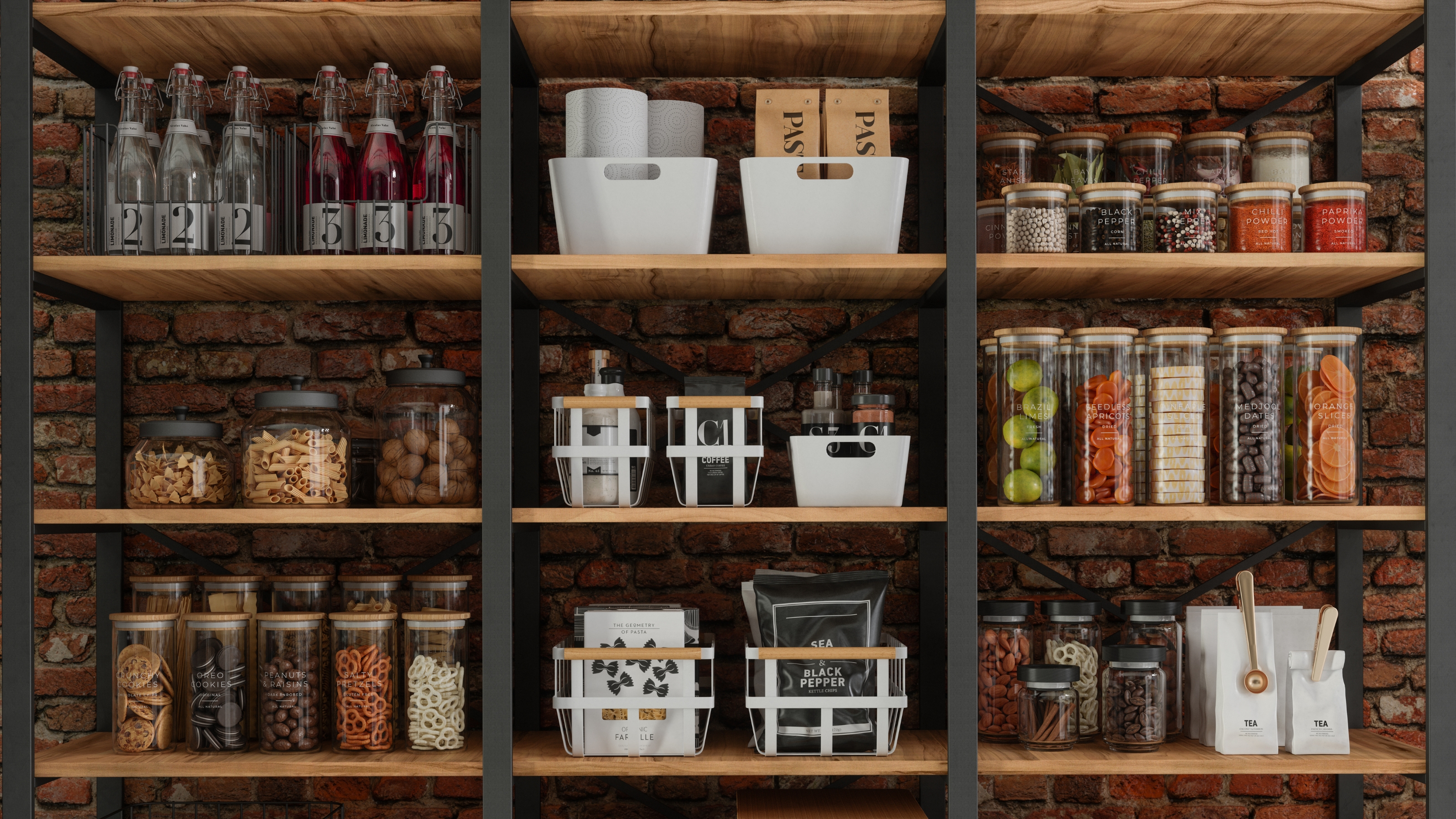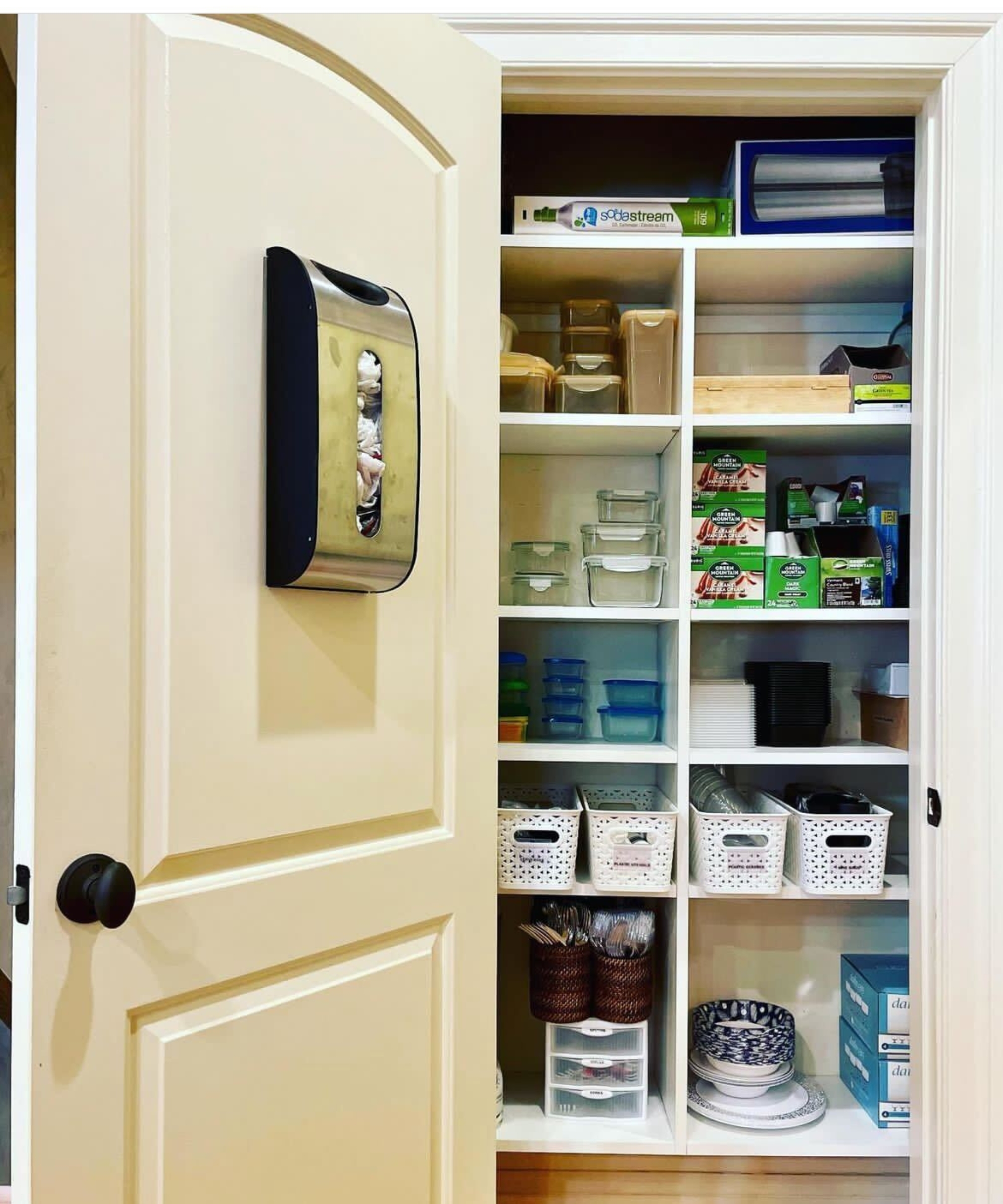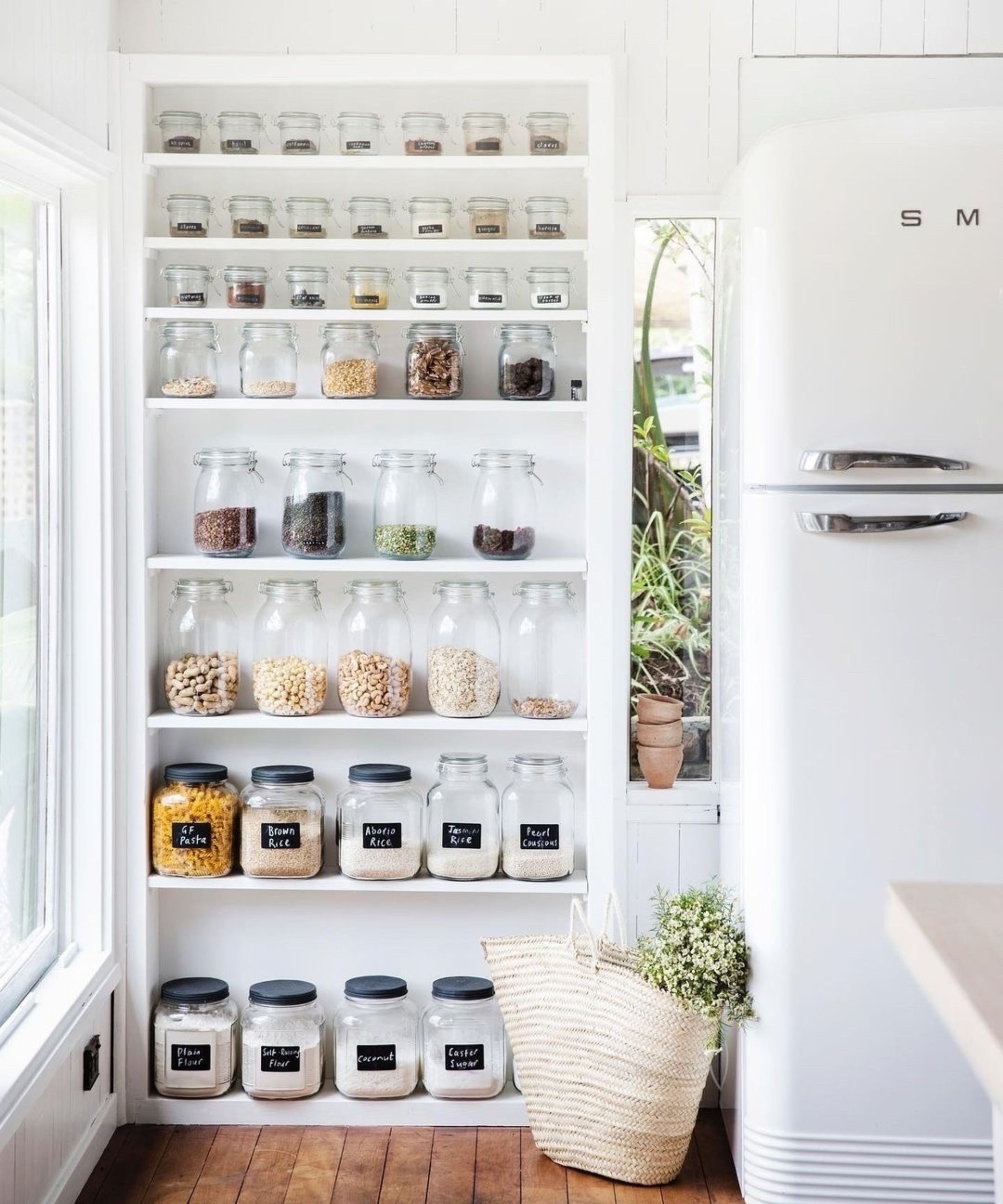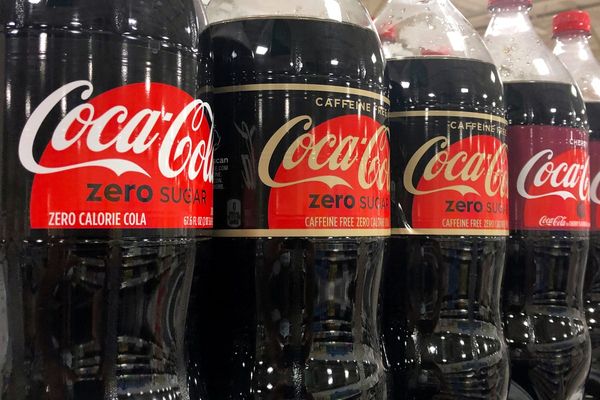
It's time to work out how to declutter a pantry when your shelves are overflowing, making this space more a hindrance, than help.
With pantries often being shut away behind a door, the clutter can quietly creep up on us. Our expert organizers have come to the rescue, revealing eight tips to get things back in order.
To help you declutter a pantry well, and keep it neatly squared away, we’ve spoken to a panel of pros for their help in organizing a small kitchen.
Here’s how to declutter a pantry
Organizing a pantry can be a far easier job than you might think — with the right approach, that is. Our experts, who declutter and clean homes for a living have shared brilliant tips to help you nail this task.
1. Remove the clutter

When organizing a small kitchen with too much stuff, clearing out the area you're working on should be your first step so you can take stock of all you have there.
Cleaning expert, Karina Toner says empty all of your pantry shelving whether they are used to store plates in your small kitchen, or full of dried goods.
She says, “Start with systematic emptying of every nook and cranny in the pantry. This approach not only reveals the full scope of your inventory, but allows sets the stage for a revitalized space.”
Consider the functionality and sentimental value of any item. Be brave and consign anything needed to the trash, for recycling or donation, as applicable.
2. Get rid of expired items
Don’t make the mistake of holding onto expired items. Karina advises, “Transform your pantry into a haven of freshness by meticulously checking expiration dates. Discard expired items, keeping only products at the peak of their shelf life, to promote safety and quality.”
Amy Bloomer, professional organizer and founder of Let Your Space Bloom, believes removing expired spices is important. She says, "They are often solidified and unusable. Throw the contents in the trash and recycle the containers.”
3. Group similar items together

For easier organization, Amy advises grouping similar items together, and removing any cardboard packaging for easier access.
She explains, "Items most frequently used and accessed should be stored in opaque containers (such as these clear food storage cannisters from Wayfair) so one can “throw and go”, as well as reduce time putting away groceries.”
You can also boost your decluttering process by categorizing items at a micro-level. For instance cluster similar ingredients like flours, sugars, and extracts. Karina adds, "This nuanced categorization streamlines the organization and retrieval of items.”
4. Reduce plastic containers
These often end up in pieces, or mixed up. Amy advises, “Recycle any lidded containers without matching tops, and edit your collection to include only those that are actually used.”
A versatile and longer-lasting alternative to plastic food storage are glass ones (such as this highly rated set of glass containers from Target).
You can also recycle rogue please lids where possible and stock up on reusable adaptable stretchy silicone lids from Amazon that can be stretched to fit across wide range of food storage container sizes and shapes.
5. Get rid of non-essentials

To keep your pantry clear and clutter-free going forward, Karina says, “Embrace a minimalist ethos by distinguishing the essential from the non-essential. Consider your culinary ventures, lifestyle, and dietary preferences to curate a pantry that mirrors your needs.”
Doing so will free up space and give you the room you might need to explore new cooking or baking ideas.
6. Recycle broken appliances
It's easy to toss broken appliances into the back of the pantry (out of sight, out of mind, and all that). However, Amy advises taking the time to get dispose of them safely, rather than allowing them to nab crucial pantry storage inches.
While it’s fine to store appliances in working order in the pantry, it’s best to remove any damaged or faulty ones. Amy says, “Find a local Best Buy, and drop them off as they recycle most appliances for free.”
7. Clean the pantry inside and out

Now you've organized your pantry items, it's time to clean things. From the floors to the shelves, every inch of your pantry should be spotless before you start adding items back in.
If the shelves have dust and other debris on them, use a handheld mini vacuum cleaner rather than sending the dust flying into the air only to resettle minutes later.
Karina says, “Elevate the cleansing ritual by utilizing specialized cleaning solutions (this Lysol all-purpose cleaner from Amazon should do the trick) to rid shelves of accumulated grime and residues," she says. "This extra step not only enhances cleanliness but also gives a renewed vibrancy to your pantry.”
Once you’ve cleaned the shelves, remove any other dust or dirt from the areas surrounding around the pantry, followed by vacuuming (this Miele vacuum from Amazon is known for its suction power) and mopping the floor (this Bissell Power steam mop from Target is highly-rated by thousands of users for its effectiveness).
8. Use organizing tools
To make the most of the space you have, use smart storage and organization tools.
Amy says, “Lazy Susans (like these storage turntables from Amazon) are one of the most fun and functional tools for keeping spaces organized. Acrylic ones (such as a 9-inch two-tiered turntable from Amazon) are an especially helpful visual clue to restock when needed.
“Use clear jars or containers to store flours, pasta, sugars, seeds, and cereals. This storage strategy helps to prevent spoilage and helping you keep tabs on what items are running low. Use long acrylic bins (like these handy storage bins from Amazon) to turn deep pantry spaces into drawers."
Karina advises unleashing the full potential of your vertical space with stackable containers (like these clear stackable containers with lids from Amazon). "Imbue this strategy with a touch of creativity, assigning specific containers to diverse pantry categories for a visually appealing arrangement."
She also recommends incorporating a labeling system (this highly-rated mini label maker with QWERTY keyboard from Amazon would do the trick) and including helpful information such as purchase dates, suggested usage, or pairing suggestions

Weight: 19 lbs
Price: $479

Weight: 6.2 Pounds
Price: $92.99

Weight: 1.78lbs
Price: $179.99
FAQs
How do I stop clutter building up again?
Karina recommends doing regular clutter checks. She says, “Work a routine of pantry inspections into your schedule. Regular assessments will help identify and address potential clutter triggers."
A word of warning for those partial to a good deal. Karina says, “Exercise restraint during sales or promotions to avoid excessive stockpiling. Balance the thrill of a good deal with the commitment to a clutter-free and purposeful pantry.”
Having a delightfully clutter-free pantry will help you save money and reduce waste. Organized spaces are better for your wallet, and the environment.
To continue your clearing-out journey, our experts have delved into how to declutter kitchen cabinets and how to declutter your kitchen drawers. You'll hit the decluttering trifecta in no time.







